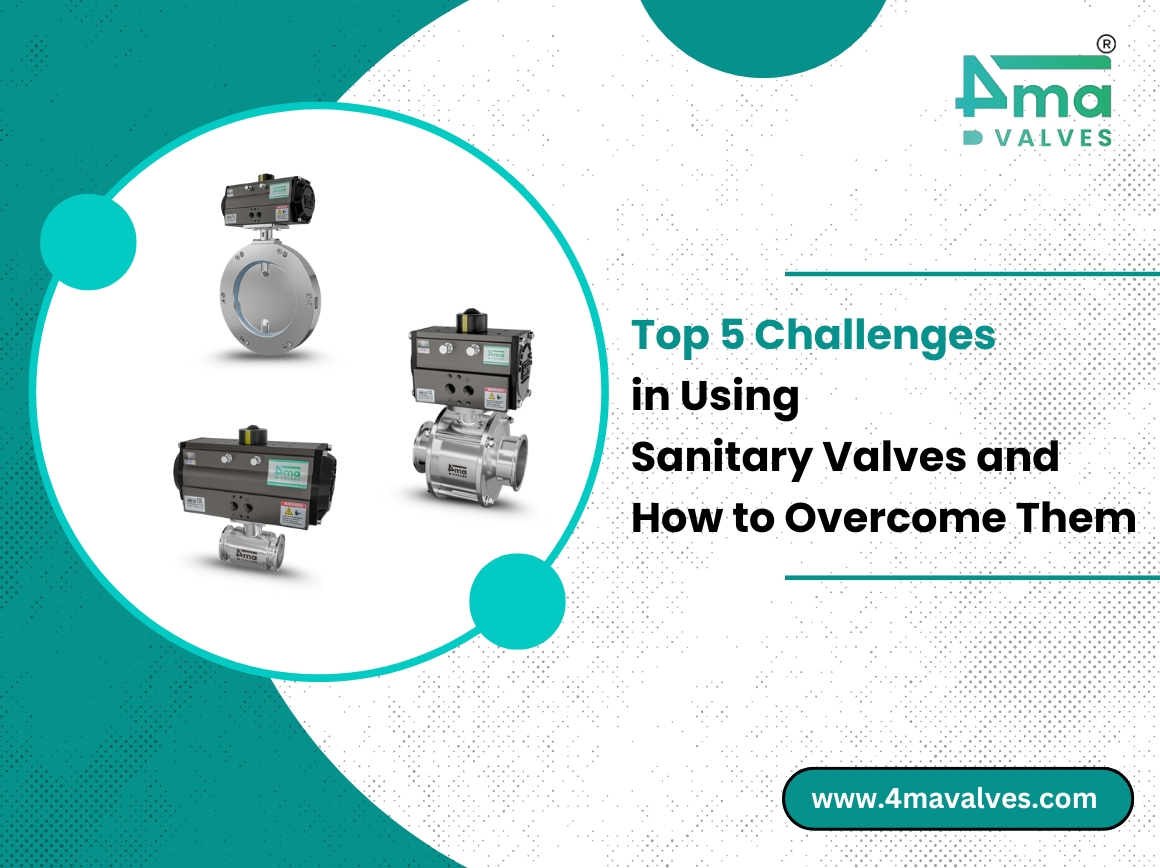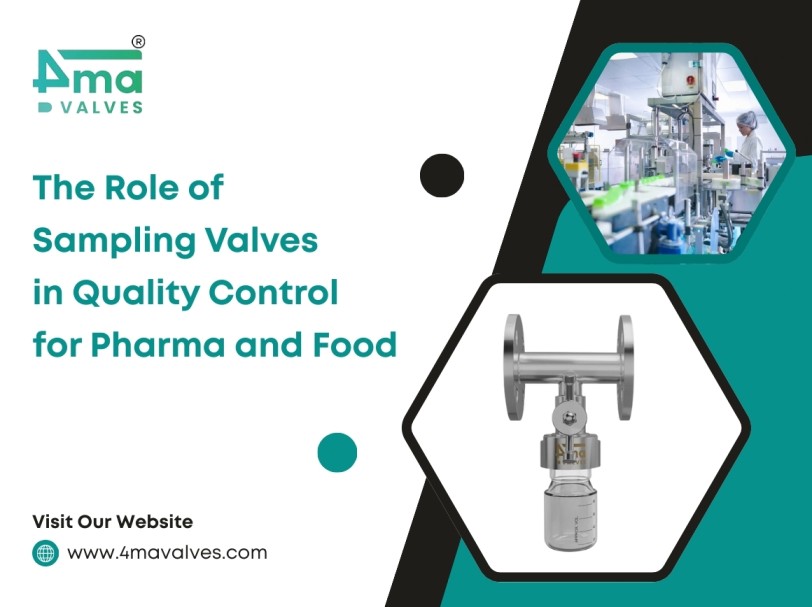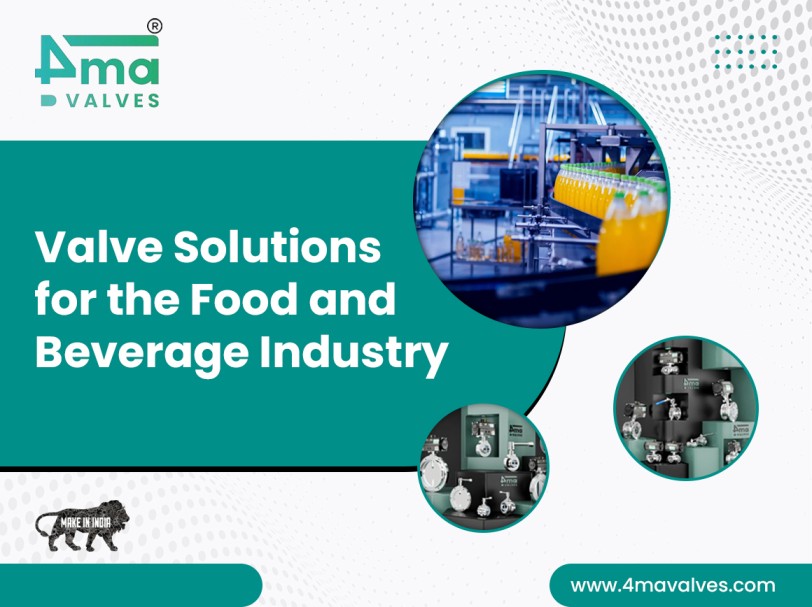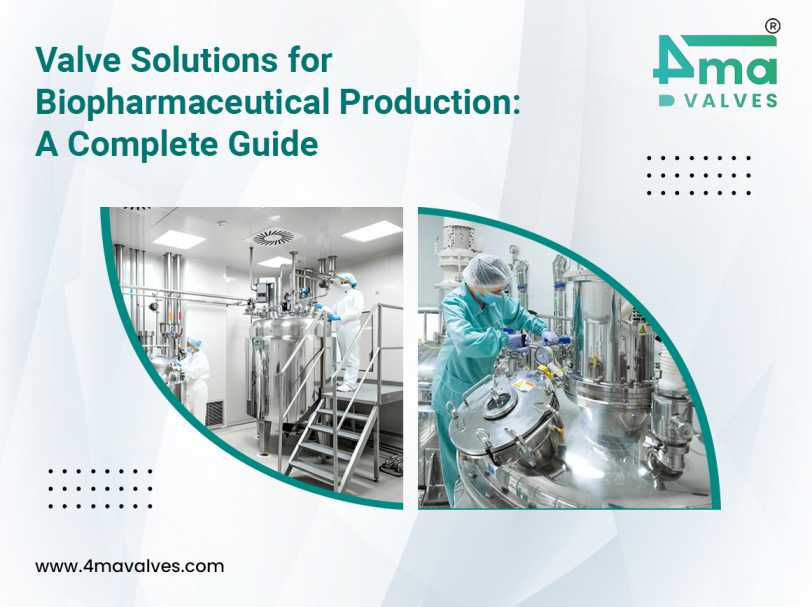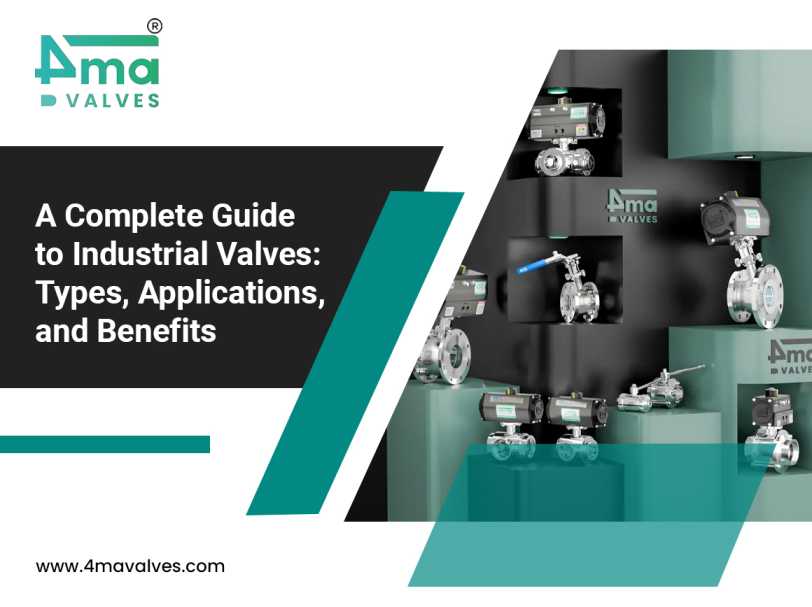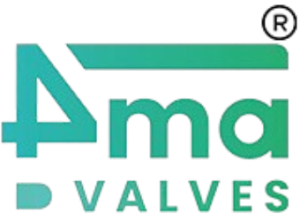In industries like pharmaceuticals, food and beverage, biotechnology, and cosmetics, sanitary valves play a pivotal role in ensuring hygiene, operational efficiency, and regulatory compliance. These valves are designed to meet the highest standards of cleanliness and safety. However, users often face challenges that can affect product quality, system performance, and maintenance routines.
At 4MA Valves, we understand the complex needs of hygienic processing systems. Our sanitary valves are crafted to address the most challenging operational demands while maintaining uncompromising levels of cleanliness and reliability. In this article, we’ll dive deep into the top five challenges in using sanitary valves and how your facility can overcome them effectively.
1.) Contamination and Bacterial Growth
The Challenge:
The foremost challenge in any hygienic application is the risk of contamination. Improper valve design, inadequate cleaning, or the use of substandard materials can lead to bacterial buildup, biofilm formation, and cross-contamination. Even the smallest crevice in a valve’s interior surface can become a breeding ground for microorganisms.
This is especially critical in food, dairy, pharmaceutical, and biotech industries, where sanitary standards like 3-A, EHEDG, or FDA compliance are mandatory.
The Solution:
- Hygienic Design: Sanitary valves must feature crevice-free, smooth internal surfaces (Ra < 0.8 μm or better), with full drainability and self-cleaning geometry.
- Material Selection: Use valves constructed from 316L stainless steel, known for corrosion resistance and easy cleaning.
- CIP/SIP Compatibility: Ensure valves are compatible with Clean-in-Place (CIP) and Steam-in-Place (SIP) systems. This enables automated, high-temperature sterilization without dismantling the system.
- Certified Seals: Use FDA-approved elastomers like EPDM, PTFE, or Viton, which resist microbial adhesion and withstand aggressive cleaning agents.
At 4MA Valves, our sanitary valve range is CIP and SIP capable, made from certified stainless steel, and features hygienic end connections like tri-clamp or weld ends, eliminating any potential for microbial growth.
2.) Frequent Wear and Tear Due to High-Cycle Operations
The Challenge:
In high-volume industries like dairy processing or bottling plants, sanitary valves open and close hundreds or even thousands of times per day. This constant motion causes friction and stress on internal components, leading to seal wear, seat damage, or valve failure.
If not addressed early, wear and tear can result in downtime, leakage, or product waste, all of which cost your facility time and money.
The Solution:
- Select High-Cycle Rated Valves: Use diaphragm valves or butterfly valves that are engineered for repetitive actuation and long service life.
- Use Quality Components: Choose valves with reinforced diaphragms, precision-molded seats, and hardened stem materials.
- Preventive Maintenance: Implement regular inspection schedules
- to check for seal deformation, cracks, or fatigue.
- Quick-Service Designs: Use valves that allow tool-less disassembly for fast seal replacements and minimized downtime.
At 4MA Valves, our sanitary valves are tested for high-cycle reliability, designed with easily replaceable internal parts, and supported by spare kits that extend operational life.
3.) Complexity in Cleaning and Maintenance
The Challenge:
Manual cleaning or frequent dismantling of valves increases labor costs, system downtime, and the risk of human error. If a valve traps product or cleaning fluid, it could result in batch contamination or validation failures during audits.
Hygienic processing systems demand quick, repeatable, and verifiable cleaning methods, making valve design critical in minimizing complexity.
The Solution:
- CIP-Friendly Geometry: Choose valves with self-draining, crevice-free, and polished interiors.
- EHEDG or 3-A Certified Designs: Ensure compliance with industry-standard hygienic guidelines.
- Modular Construction: Opt for modular valves that allow easy disassembly without disrupting surrounding lines.
- Minimize Dead Legs: Avoid valves with internal cavities or stagnant zones that can harbor residue.
4MA Valves offers sanitary valve designs that are EHEDG and 3-A compliant, optimized for CIP/SIP cycles, and equipped with fast-clamp assemblies to streamline maintenance. Our butterfly and diaphragm valves can be serviced without tools, saving precious operational time.
4.) Inconsistent Performance Under Variable Pressure & Temperature
The Challenge:
Sanitary processes often involve thermal shocks (like sterilization or pasteurization) or sudden pressure changes during filling or cleaning. These fluctuations can affect valve sealing, cause material fatigue, or even result in mechanical failure if the valve isn’t rated for such conditions.
Improperly rated valves may lead to leakages, product losses, or batch inconsistencies.
The Solution:
- Temperature-Resistant Seals: Use seals and diaphragms that can withstand
- high-temperature sterilization cycles (e.g., PTFE or EPDM).
- Pressure Rating Compliance: Match the valve to your system’s peak operating pressure to prevent deformation or failure.
- Thermal Expansion Compensation: Use valve bodies and internals that can accommodate expansion without compromising the seal.
- ASME BPE Standard Adherence: Ensure valves meet ASME BPE specifications, particularly for pharmaceutical or bioprocess applications.
At 4MA Valves, our sanitary valves are engineered for pressure stability and thermal resistance, making them ideal for biotech, food, and beverage applications that experience temperature swings.
5.) Incorrect Valve Selection for Specific Applications
The Challenge:
With multiple sanitary valve types available, selecting the wrong one can lead to performance inefficiencies, excessive maintenance, or compliance issues. Each valve type, diaphragm, ball, butterfly, or check, has specific strengths depending on the media, viscosity, pressure, and hygiene demands.
Improper selection can also increase the total cost of ownership, especially if the valve fails prematurely or doesn’t meet regulatory expectations.
The Solution:
Understand Media Characteristics: Consider flow rate, viscosity, corrosiveness, and cleaning frequency.
Choose by Application
- Diaphragm Valves: Ideal for pharmaceuticals and sterile environments.
- Butterfly Valves: Best for low-pressure, high-flow processes like beverage or dairy.
- Ball Valves: Suited for thick fluids and frequent shut-off operations.
- Check Valves: Prevent reverse flow and ensure process integrity.
- Consult Valve Experts: Work with reliable manufacturers like 4MA Valves, who understand your process and offer tailored recommendations.
- Our engineering team at 4MA Valves assists clients in selecting application-specific sanitary valves, optimizing both performance and cost-efficiency.
Why Choose 4MA Valves for Your Sanitary Valve Needs?
4MA Valves is a trusted sanitary industrial valve manufacturer offering a full range of valves built to meet global hygiene and performance standards. From clean-in-place designs to FDA-compliant sealing solutions, our valves help eliminate contamination risks while boosting operational efficiency.
Our Sanitary Valve Range Includes
- Sanitary Ball Valves for reliable shut-off with thick fluids
- Sanitary Butterfly Valves: cost-effective flow control
- Sanitary Diaphragm Valves for sterile-grade applications
- Sanitary Check Valves for Backflow Prevention
- Custom Valve Assemblies tailored to your system
Whether you’re upgrading an existing system or designing a new facility, 4MA Valves ensures you receive industry-compliant, long-lasting, and easy-to-maintain valve solutions.
Final Thoughts
Sanitary valves are essential for maintaining cleanliness, compliance, and productivity in hygienic process industries. However, challenges like contamination risks, mechanical wear, complex maintenance, and wrong valve selection can reduce their effectiveness.
By partnering with experts like 4MA Valves, you gain access to top-quality products, technical expertise, and dedicated after-sales support, ensuring your sanitary processes remain safe, efficient, and regulation compliant.
